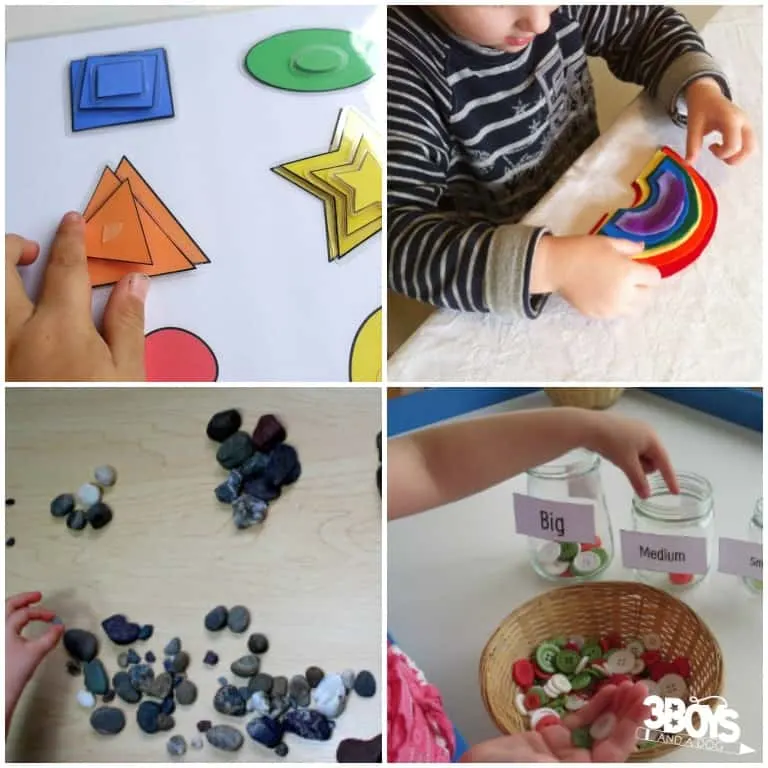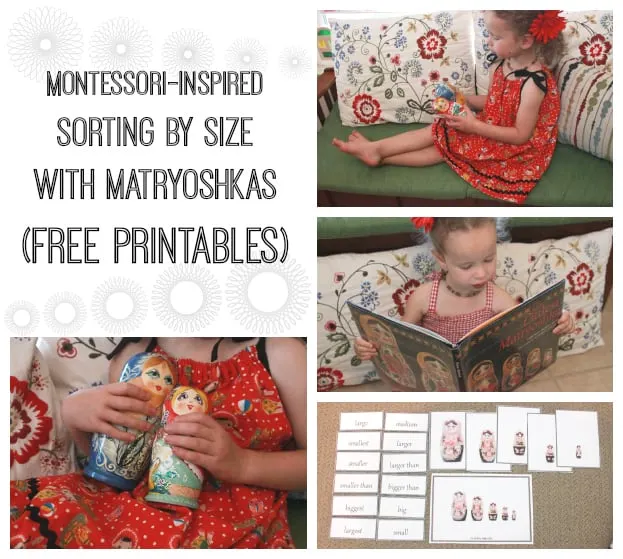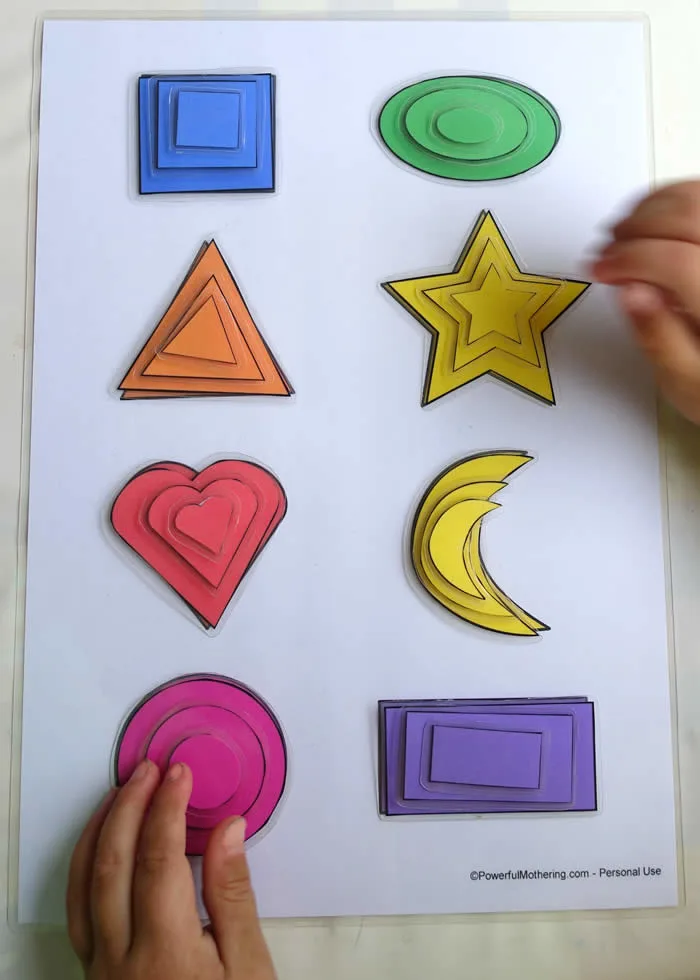Learning to is one of the important math concepts for toddlers and preschoolers to master. Understanding the difference between big and small is a big step toward classifying items in a set, which is a good foundation for counting.
The good news is that this is a fairly simple skill to introduce to children, especially at a young age. If you’re stumped for size teaching ideas, try this list of big and small sorting activities! There are fun, hands-on activities here for young learners of all stages, including babies!
Get more ideas for teaching size differentiation to kids with this list of Big and Small Preschool Activities!

What is a fun way to teach kids about varying sizes?
Teaching kids about varying sizes can be a fun and interactive experience for both them and the teacher. For example, you could use everyday objects of different shapes and sizes to compare them in a game or craft activity.
For instance, you could have children sort items such as coins or blocks into different bins labeled with their size.
Additionally, using scale models of items like houses, cars, animals, or other large items is another effective way to demonstrate scale size differences.
Games like grouping puzzle pieces can also teach children about larger and smaller concepts.
Teaching kids about varying sizes doesn’t have to be dull – it can be made into an enjoyable experience they’ll remember for years to come!
How often should you work with kids to learn the difference between big and small?
Working with children to learn the difference between big and small can be an enjoyable and rewarding experience.
It is important to do it regularly, however, as repeating lessons help kids remember the material better. D
Activities like sorting objects into sizes or playing games involving size comparison allow kids to understand the concepts of large and small at their own pace.
Setting aside a few minutes each day for this activity will help them solidify the idea while providing fun ways to work together.
This can create lasting memories of learning and forming important skills in a positive environment, which are invaluable foundations for kids’ continued success.
What are good ways to help children develop analytical skills?
One of the best ways to help children develop analytical skills is through problem-solving tasks. Most problem-solving tasks should be stimulating and engaging, allowing kids to take a creative approach.
Puzzles are an excellent starting point, as they require a keen analysis of how each piece fits into the picture.
Other activities, such as jigsaw puzzles, crosswords, and logic games, are great for encouraging children to think critically.
As children practice these activities, their analytical ability will improve each time.
Parental involvement can also be beneficial in reinforcing these skills while helping kids create strategies and use creative approaches to come up with solutions.
They can even develop their problems for the child to solve!
By providing diverse opportunities for analytical thought, parents can ensure that their children have every advantage when it comes to developing their analytical thinking skills.
Big and Small Sorting Activities:
Big and Small Sorting Activities
Pick up these Flower Size Sorting Printables to help preschoolers cut, paste, and separate sizes!
Read the book "Goldilocks and the Three Bears" and then perform this fun, preschool The Three Bears Porridge Size Experiment!
Mix up different pom-poms and use this soft Sorting Big and Small Pom-Poms center for preschoolers!
To make math fun, just add candy! This Candy Sorting by Size activity is fun for all ages!
This sweet Big and Small Umbrella Sort activity is so adorable and it's easy to make too!
Have a little train fan? This Comparing Size with Trains activity is perfect!
Want to incorporate nature in your math lesson? Try this simple STEM Classifying Rocks by Size activity!
Math Manipulatives: Rainbow Counter Color and Size Sorting – Line upon Line Learning
This colorful Rainbow Frogs Size Sorting activity is such a fun way for kids to sort by color or size on their own!
This cute One Fish Two Fish Size Sorting Activity is a fun way to add math to your favorite Dr. Seuss book!
Grab this printable Monster Truck Measurement activity to teach kids to measure big and small objects!
Do you have colored buttons laying around? Try this easy Sorting Colored Buttons activity to teach sizes in no time!
Montessori-Inspired "Sorting by Size with Matryoshkas" (Free Printables)
These beautiful Matroyshka-Themed Sorting Printables are a great resource for teaching kids to tell sizes apart!
Introduce your smallest learners to sizes with this simple Big and Small Ball Treasure Bin for Babies!
This easy Shape and Size Matching Activity is a fun way to teach colors, shapes, and sizes at once!
[alert-announce]
Click Here for more Big and Small Preschool Activities
[/alert-announce]

[alert-announce]
Click Here for more Big and Small Preschool Activities
[/alert-announce]

Big and Small Sorting Preschool Resources:
Pick up these Amazon affiliate resources for more ideas to teach big and small sorting for kids!















20 Best Preschool Activities for Opposites - OhMyClassroom.com
Tuesday 16th of May 2023
[…] Source: 3boysandadog.com […]